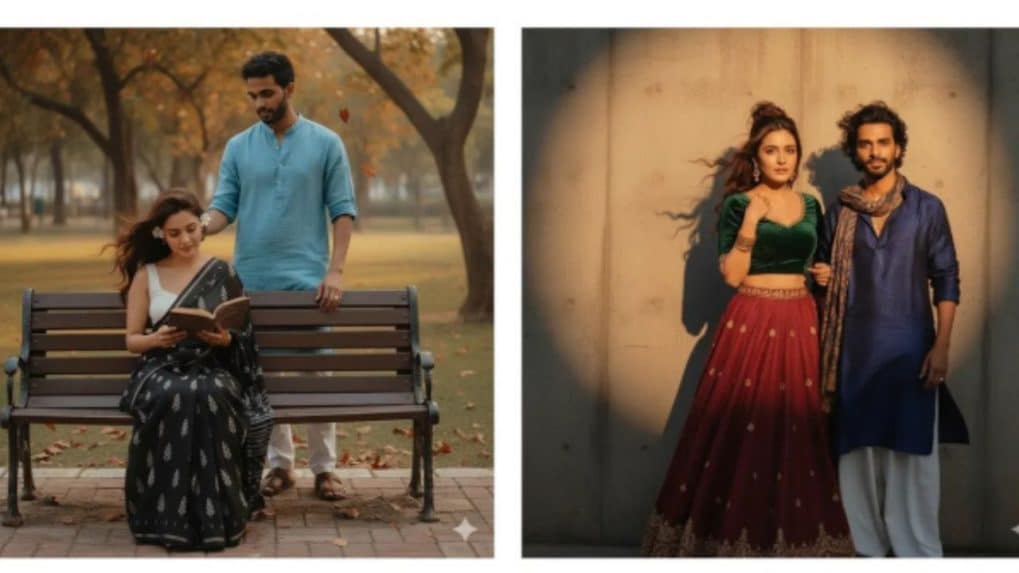Digital
Why OpenAI is hiring 100 ex-bankers: Inside the ChatGPT-maker's secret project to automate Wall Street's grunt work

India has emerged as the global leader in the adoption of Google’s new Gemini 2.5 Flash Image model, also known as Nano Banana. The AI's popularity has propelled the Gemini app to the top of the app store charts in India, where millions of users are engaging with the technology in uniquely creative and localized ways, as per reports.
Reports further suggest that according to David Sharon, a lead at Google DeepMind, India's usage of Nano Banana has surpassed all other countries. The model's virality has been fueled by a series of uniquely Indian trends, most notably users generating retro portraits inspired by 1990s Bollywood. This trend, often featuring users reimagining themselves in period-specific fashion and hairstyles, is exclusive to the Indian market.
Another popular local trend is the "AI saree," where users create vintage-style portraits of themselves in traditional Indian attire. Indians are also using the model to create selfies in front of famous global landmarks and to transform old photos of family members into short videos using Google's Veo 3 AI video-generation model.
India's enthusiastic adoption has had a significant global impact. The country played a key role in making the "figurine trend"—where users generate miniature versions of themselves—a global phenomenon after it originated in Thailand.
While India leads in usage, the country's in-app purchases on the Gemini app are still a small fraction of the global total. However, spending in India has shown record month-over-month growth, outpacing the U.S. and the global average.
As with any viral AI technology, concerns about data privacy and the misuse of personal photos are emerging. Google has addressed these by implementing a visible watermark and a hidden marker, known as SynthID, on all generated images. The company is also testing a detection platform that will eventually be available to the public, allowing anyone to verify if an image was created by its models.
From purpose-driven work and narrative-rich brand films to AI-enabled ideas and creator-led collaborations, the awards reflect the full spectrum of modern creativity.
Read MoreIn a wide-ranging interview with Storyboard18, Sorrell delivers his frankest assessment yet of how the deal will redefine creativity, media, and talent across markets.